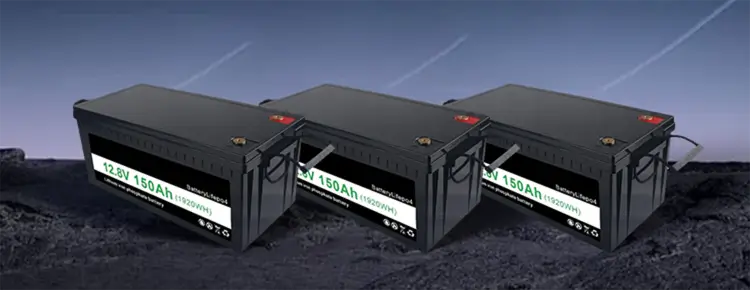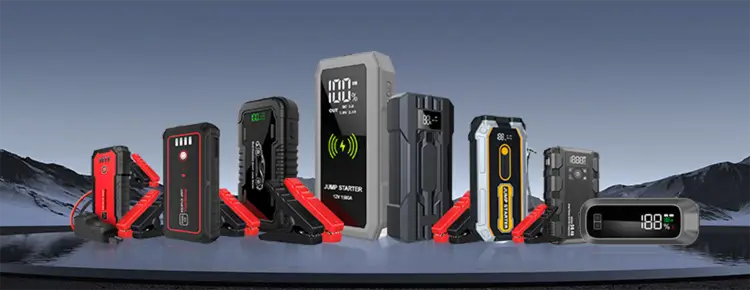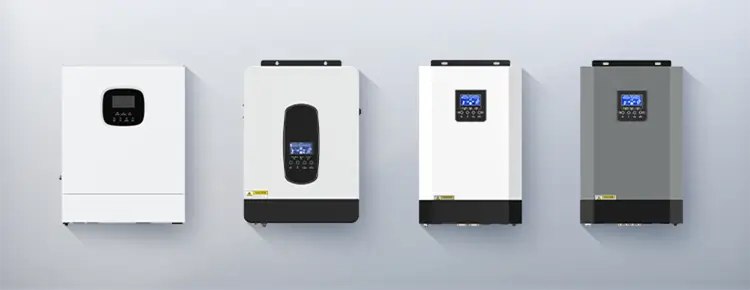



Blog
Hot Category
Latest Blog
15 Jan 2025
Nlelsen
In daily life, everyone must have felt that the battery is not so easy to use in winter, and the battery life of power tools will be reduced. This is not because the battery is broken, but because of the battery's own characteristics. With current technology, no battery can avoid this. Here is a brief introduction to the main reasons for the decline in battery performance.

In winter, low temperatures will increase the viscosity of the electrolyte, slow the migration of lithium ions in the lithium battery electrolyte, and reduce ion conductivity. This results in a decline in battery performance at low temperatures. If the temperature drops to -20°C, the battery capacity may be only 31.5% of room temperature.
The interface stability between the electrolyte and the electrode deteriorates at low temperatures. This increase in impedance is like setting up a barrier inside the battery, hindering the smooth transfer of lithium ions. Lithium ions need to overcome greater resistance to achieve embedding and de-embedding during the charging and discharging process, which not only reduces the charging and discharging efficiency of the battery, but also affects the battery capacity and cycle life.
The activity of lithium ions is significantly reduced at low temperatures. According to the Arrhenius formula, the electrochemical reaction rate slows down, affecting the battery discharge performance.
When charging at low temperatures, lithium ions are easily precipitated on the surface of the negative electrode to form lithium dendrites, which may pierce the diaphragm and cause short circuits, and also affect battery efficiency.
In order to protect the battery, BMS limits the maximum discharge current at low temperatures to prevent damage caused by excessive discharge, which will reduce the battery output power.
In winter, vehicles and other equipment that use batteries often turn on heating equipment, such as car seat heating and in-car air conditioning heating. These devices consume a lot of electricity. Taking the air conditioning heating of pure electric vehicles as an example, its heating method is usually PTC (positive temperature coefficient thermistor) heating, which has a higher power. Batteries that are already affected by low temperatures are even worse when powering these heating devices, resulting in a significant reduction in cruising range.
In order to ensure the normal operation of lithium batteries, the battery temperature needs to be maintained within the most suitable range. At low temperatures, the battery will automatically heat up to maintain the optimal operating temperature. This heating process itself also consumes energy, and this part of the energy consumption is also an important factor that leads to the decline in battery performance and reduced mileage.
In summary, the decline in power battery performance in the snow in winter is the result of the combined effect of multiple factors. With the development of technology, researchers are constantly exploring countermeasures, such as developing new electrolytes to improve their performance at low temperatures, optimizing battery management system strategies, and improving the low temperature adaptability of batteries. It is believed that in the future, power batteries will also maintain good performance in cold snowy environments, providing reliable power guarantees for people's travel and various application scenarios.